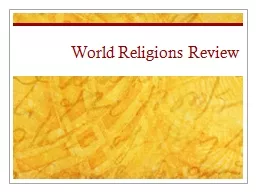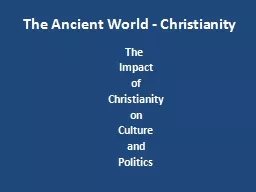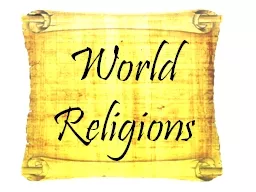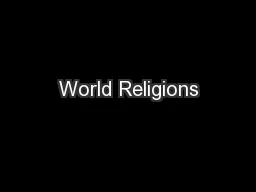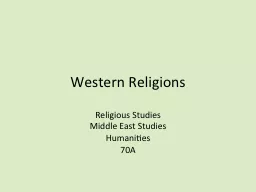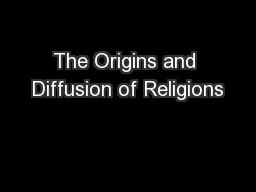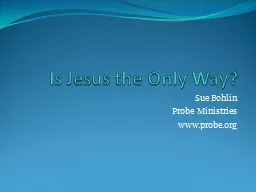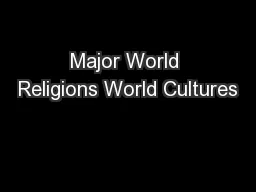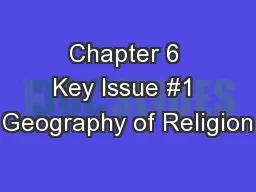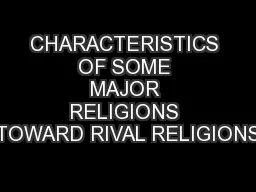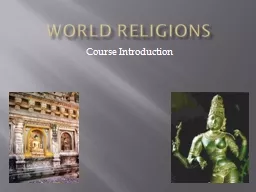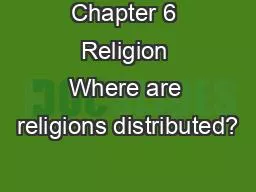PPT-World Religions Review Christianity (In Review)
Author : phoebe-click | Published Date : 2019-03-03
Who began the religion Christianity was spread first by the Apostles especially Peter and Paul Where did the religion begin Offshoot of Judaism First Century Palestine
Presentation Embed Code
Download Presentation
Download Presentation The PPT/PDF document "World Religions Review Christianity (In..." is the property of its rightful owner. Permission is granted to download and print the materials on this website for personal, non-commercial use only, and to display it on your personal computer provided you do not modify the materials and that you retain all copyright notices contained in the materials. By downloading content from our website, you accept the terms of this agreement.
World Religions Review Christianity (In Review): Transcript
Download Rules Of Document
"World Religions Review Christianity (In Review)"The content belongs to its owner. You may download and print it for personal use, without modification, and keep all copyright notices. By downloading, you agree to these terms.
Related Documents

